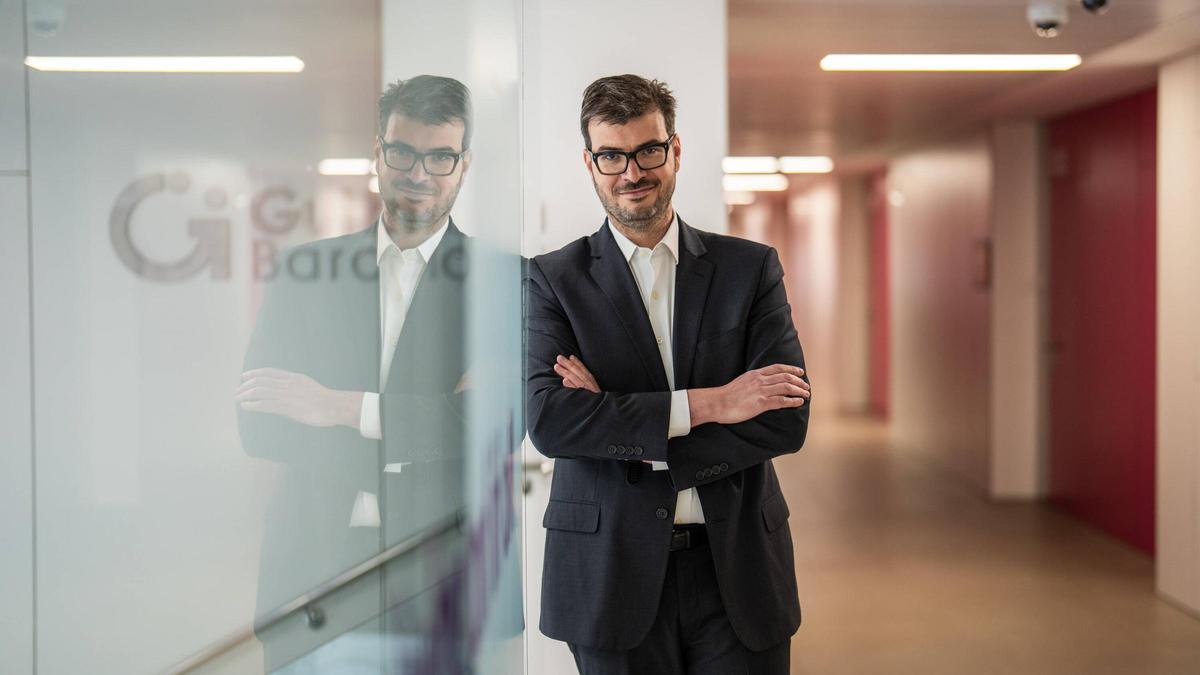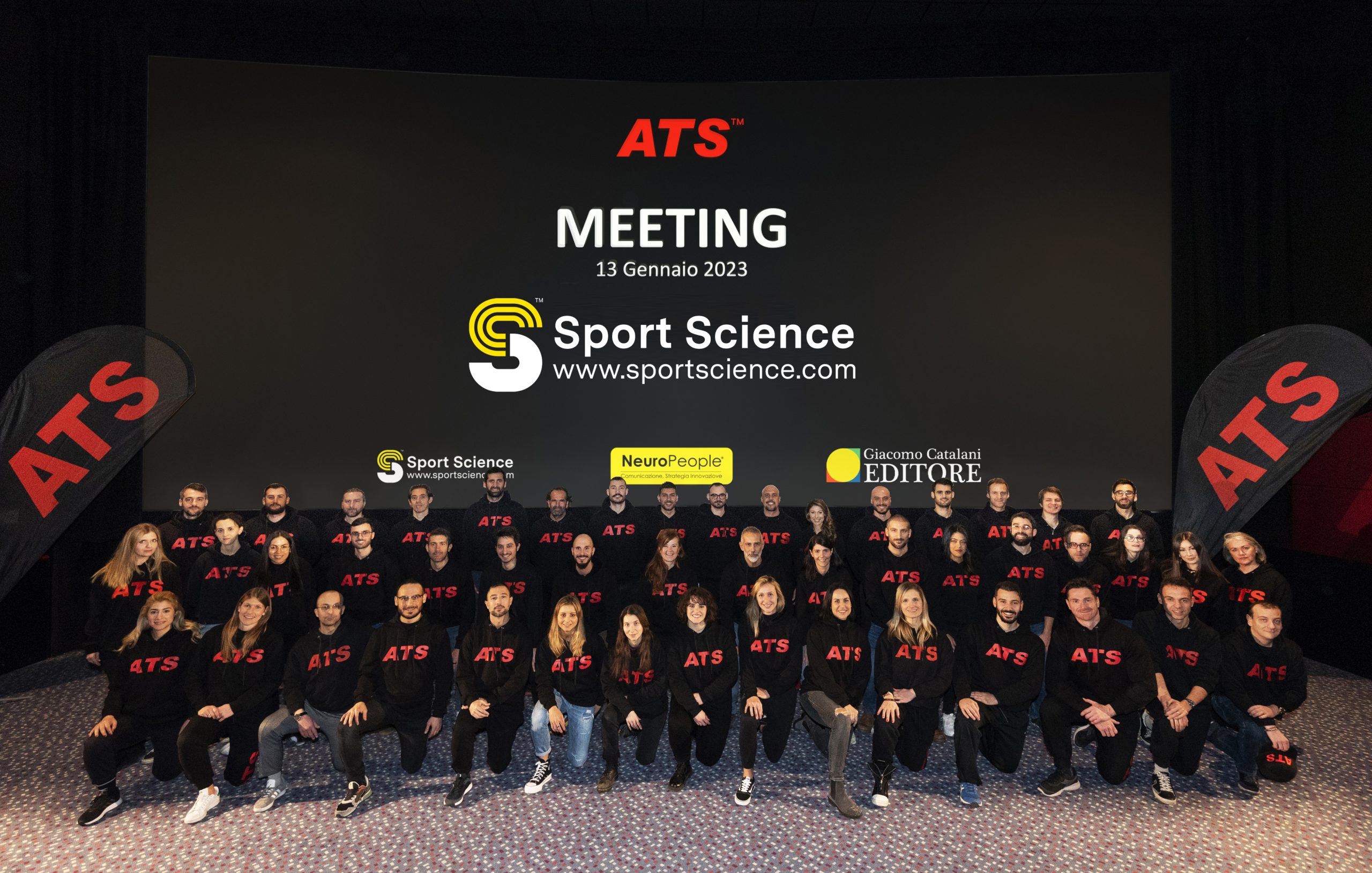What is resistant depression?
It is a difficult depression to treat. There are different ways to define it. The most common is certainly that the patient has not tolerated two treatments of sufficient dosage and duration. It is not a different disease, but it has a higher degree of risk. Since it is difficult to deal with, you have to come up with more complex strategies. But keep in mind that depression is not a disease, but many diseases.
Introduce yourself
Under the umbrella of what we call depression there is no disease, there are different mechanisms, different diseases. Therefore, this does not mean that resistant depression is one of these diseases, but all of these diseases can be milder or more severe. The resistant is the one that is difficult to treat.
What are the most common types of depression?
We don’t know precisely. Yes, there are clinical features, such as melancholic depression, atypical depression, depression with anxiety… Now we are starting to have biomarkers or diagnostic tools that will allow us not only to understand the mechanisms of depression, but also to understand the mechanisms of each of them. Individually. We will therefore use this personal data to treat a specific individual who has specific symptoms leading to depression.
Targeted treatments for depression?
Either targeted or personalized therapies.
They are now the most advanced in the world of oncology.
Personalized medicine, which was largely developed in oncology or cardiology, is getting into clinical neuroscience, neuropsychiatry, but the problem that existed until about five years ago was that they wanted to replicate the brain tumor model. The brain is not cancer. In cancer, molecular mechanisms determine the disease. In other words, what matters in the case of cancer is the type of malignant cell. However, the neurons of schizophrenia, multiple sclerosis, and Parkinson’s disease are not very different molecularly. What differs between them is where they are located in the brain and who they communicate with.
Of all the people who suffer from depression, how many are resistant to it?
30%. Among depressed patients in general, between 10% and 12% of the population had this disease in the past year and between 19% and 21% had it at least once in their life.
Is it increasing?
We don’t know if it’s increasing or if we’re better at spotting it. Not only do we have better technology, we have reduced stigma. People are asking for help and this allows us to identify patients early. But the numbers have not changed much in the past ten years.
Mental health disorders, especially depression and anxiety, have increased dramatically since the onset of the pandemic.
Especially in teenagers and children. The number of new cases, diagnoses, admissions, and the number of suicide attempts and completed suicides have increased, especially among adolescents and children. These diseases, like most diseases, are multifactorial. It’s not just about genetics, but also about diet, behavior and toxins in the environment. All of these factors combine in a negative way and lead to the appearance of various types of symptoms.
What treatments are available for depression?
In psychiatry and neurology we have three types of treatment. Medications, psychotherapeutic rehabilitation treatments, and brain stimulation treatments. Brain stimulation treatments use machines that apply electrical or electromagnetic energy to the brain with the aim of changing the activity of neurons that are firing inappropriately which then leads to neurological or psychiatric symptoms or disorders. Among the tools we have to stimulate the brain in a therapeutic way are surgical procedures in which electrodes are implanted, and this is used primarily for movement disorders such as Parkinson’s disease, and convulsive therapy, which is electrical shock, which goes beyond its stigma and is a life-saving and life-saving treatment. It is considered one of the most effective drugs against suicide, against psychotic depression, and non-invasive treatments. In the last group there is transcranial magnetic stimulation.
that it?
It is a non-surgical treatment. The patient enters the Guttmann, sits in a chair, a coil is placed on him and electromagnetic pulses are applied. These are treatments that have been validated and approved by regulatory bodies in the United States of America and Spain.

“Infuriatingly humble social media buff. Twitter advocate. Writer. Internet nerd.”



